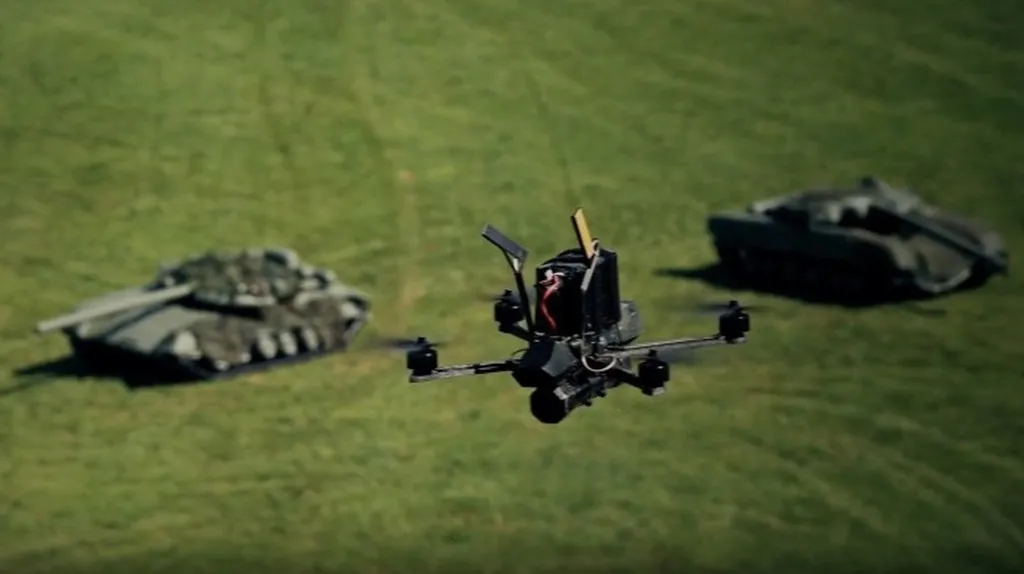In the rapidly evolving landscape of smart agriculture, a groundbreaking study led by Di Fan from the School of Business and Economics at Universiti Putra Malaysia has introduced a novel decision-making model that could revolutionize financial trading in the agricultural sector. Published in the open-access journal PeerJ Computer Science (translated as “PeerJ Computer Science”), the research addresses critical challenges such as data noise, time-series dependence, and strategy adaptability, offering a robust framework for data-driven decision-making.
The study proposes a model based on deep reinforcement learning (DRL), a subset of artificial intelligence that combines deep learning with reinforcement learning. This model is designed to handle the complexities of agricultural financial transactions, which often involve significant data noise and strong time-series dependence. “The core challenge in agricultural financial trading is the sheer volume of noisy data and the intricate dependencies over time,” explains Di Fan. “Our model tackles these issues head-on, providing a more reliable and adaptive decision-making tool.”
One of the key innovations in this research is the multifactor dynamic denoising framework. This framework integrates the Grubbs test for outlier detection and the median absolute deviation (MAD) method for noise handling. By categorizing agricultural financial indicators into six feature types, the model significantly enhances its robustness against data noise, thereby improving overall reliability.
Furthermore, the study employs an LSTM (long short-term memory)-enhanced DRL architecture, incorporating a sliding window mechanism to capture market timing features. This approach constructs a transaction cost-based reward function, establishing an intelligent trading decision model based on the LSTM algorithm and the data query language (DQL). “The sliding window mechanism allows us to capture the nuances of market timing, which is crucial for making informed trading decisions,” adds Di Fan.
The experimental results are impressive, demonstrating an annualized return of 45.12% and a 35% reduction in maximum retracement for Deere & Company and BAYN.DE. The Sharpe ratio, a measure of risk-adjusted return, reaches 1.51, reflecting a 62% improvement over the benchmark model. These results validate the robustness of the proposed decision-making model in the face of price fluctuations and policy interventions.
The implications of this research are far-reaching. By addressing critical bottlenecks in the application of DRL in agricultural finance, the study facilitates the transition of agricultural economic management from empirical judgment to data-driven approaches. “This model provides a vital decision-support tool for advancing smart agriculture,” says Di Fan. “It offers a more intelligent and adaptive approach to financial trading, which can ultimately lead to better outcomes for farmers and investors alike.”
The study’s three key innovations—data denoising, time-series modeling, and domain adaptation—offer a comprehensive solution to the challenges faced in agricultural financial trading. As the agricultural sector continues to evolve, the adoption of such advanced technologies will be crucial in driving efficiency and profitability.
In conclusion, the research led by Di Fan represents a significant step forward in the field of smart agriculture. By leveraging the power of deep reinforcement learning, the study provides a robust and adaptive decision-making model that can handle the complexities of agricultural financial transactions. As the agricultural sector continues to embrace data-driven approaches, this research offers a compelling example of how advanced technologies can drive innovation and improve outcomes.

